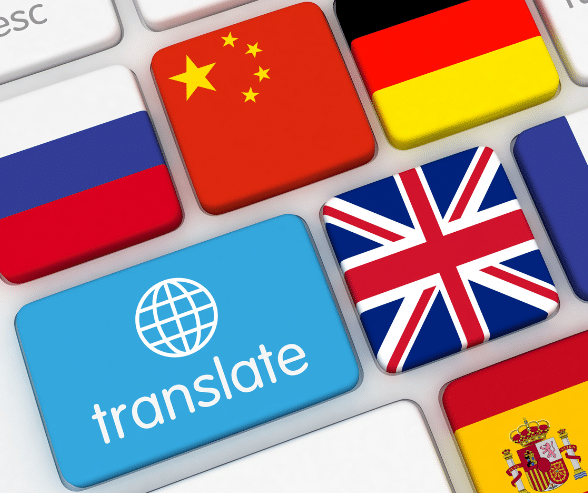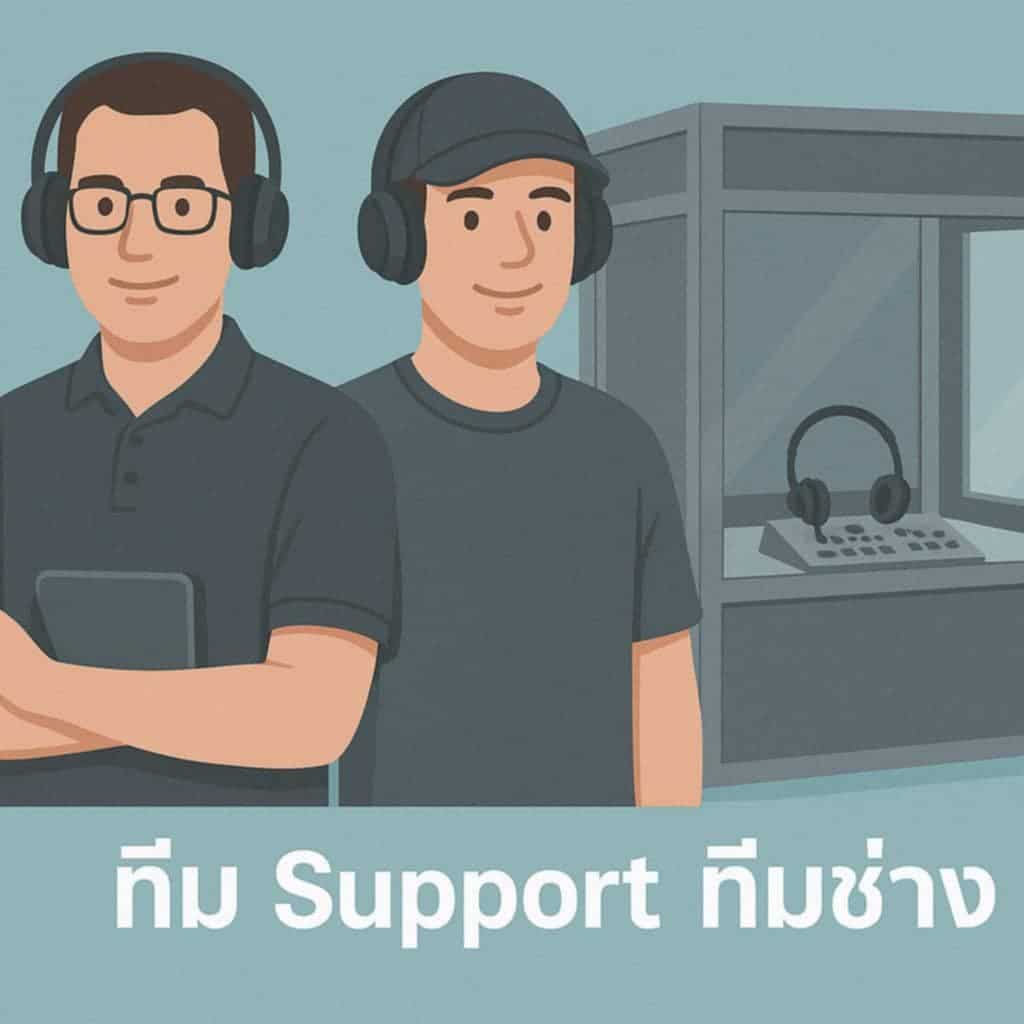
Machine Translation and Modern Translation Practices
Machine Translation and Modern Translation Practices
In contemporary times, there is a diverse array of tools facilitating translation, such as SmartCat, Trados, or Crowdin. This has led to a more streamlined translation process, with one commonly utilized tool being Machine Translation (MT).
MT or Machine Translation
Machine Translation, or MT, refers to programs or software designed to assist in translation. Each MT tool may have different formats or functions. Google Translate is a prominent example of MT, offering translation services for numerous language pairs. MT allows for the swift and convenient translation from source to target language or vice versa, reducing costs associated with translation. However, using MT may introduce errors such as unnatural translations, lack of contextual accuracy, or the omission of crucial details, compromising the overall quality of the translated work.
While MT provides convenience and speed in translating various types of content, the quality of work produced using MT should undergo additional scrutiny. MT has limitations in various aspects, making it suitable for simpler and straightforward tasks like general conversations, program menus, or uncomplicated descriptions. It is not recommended for creative translation tasks due to its word-by-word approach, which can lead to inaccuracies in meaning and linguistic nuances. In summary, thorough review and correction should be performed after using MT to ensure the quality of the translated content.



